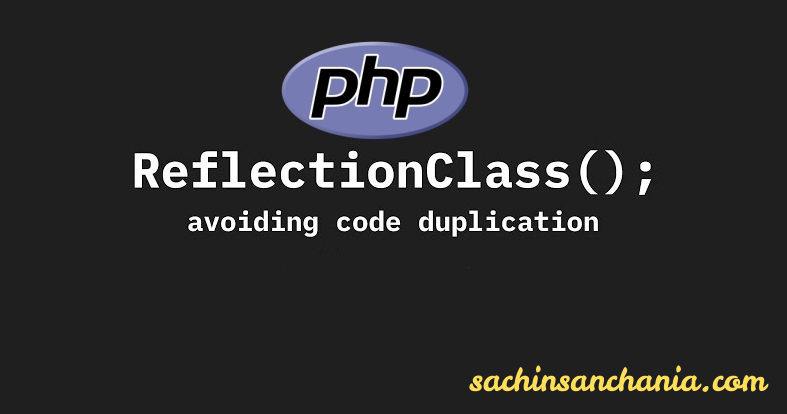Unlocking the Power of PHP Reflection: A Developer's Guide to Dynamic Code Mastery

PHP's Reflection API is a powerful feature that allows developers to introspect and interact with code structures dynamically at runtime. This capability enables the examination of classes, methods, properties, and parameters, facilitating the creation of more adaptable and flexible applications.
Understanding PHP Reflection
Reflection in PHP provides the means to analyze and manipulate the internal structure of classes and objects. Key components of the Reflection API include:
ReflectionClass: Enables inspection of an entire class's structure, including its methods and properties.
ReflectionMethod: Provides details about class methods, such as visibility, parameters, and doc comments.
ReflectionProperty: Offers insights into class properties, including their access modifiers and default values.
ReflectionParameter: Allows examination of function or method parameters, aiding in understanding type hints and default values.
Practical Applications of PHP Reflection
- Dependency Injection: Reflection facilitates automatic resolution of class dependencies, enhancing the implementation of dependency injection containers. By analyzing constructor parameters, it can instantiate required dependencies dynamically.
- Dynamic Class Inspection: Developers can utilize Reflection to inspect classes at runtime, enabling dynamic method invocation and property access. This is particularly useful in scenarios requiring flexible code execution based on class structures.
class User {
private $name;
public function getName() {
return $this->name;
}
}
$reflection = new ReflectionClass(User::class);
foreach ($reflection->getMethods() as $method) {
echo "Method: {$method->getName()}\n";
}